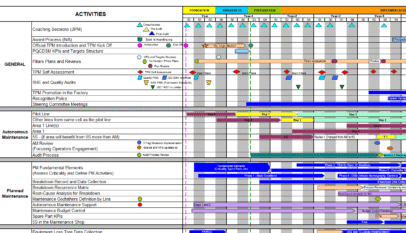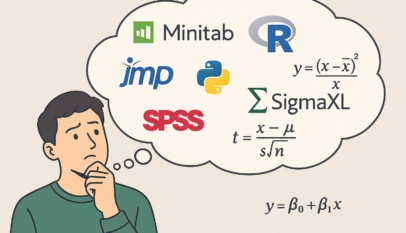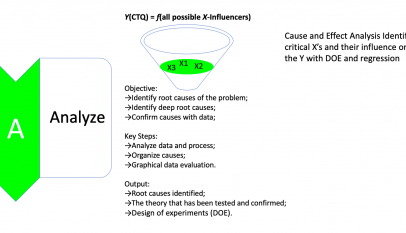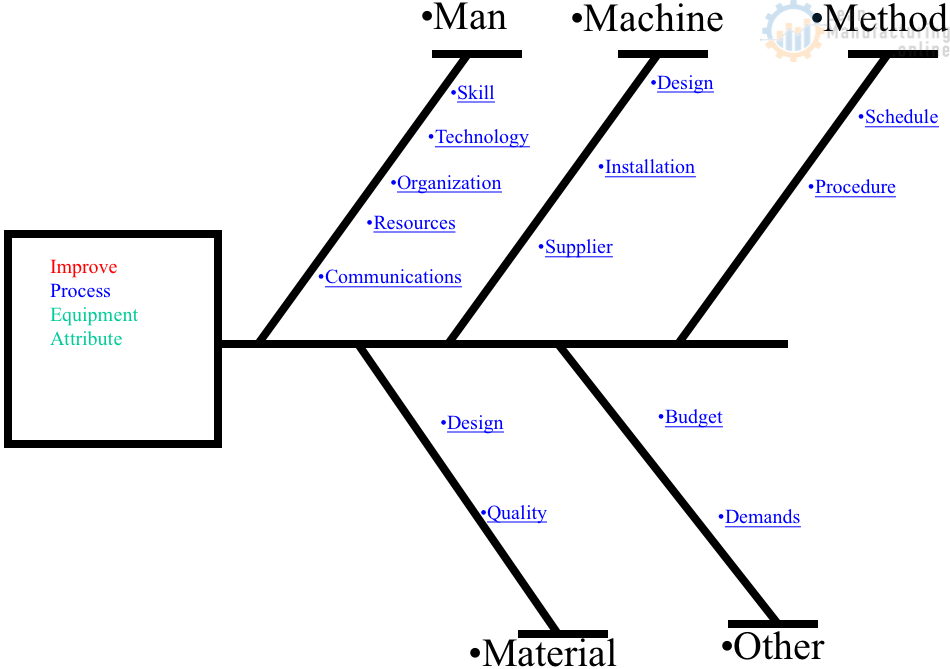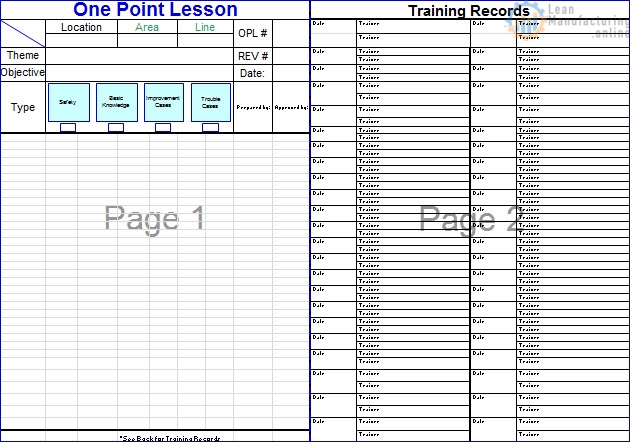- Threats and Opportunity Matrix identifies the “Why?” of a change;
- 3 D’s Analysis helps identify what it will take to get buy in for the change;
- People are influenced in 3 main ways:
- Data;
- Demonstration;
- Demand.
- 3 D’s analysis help identify potential leverage points that the team can use.
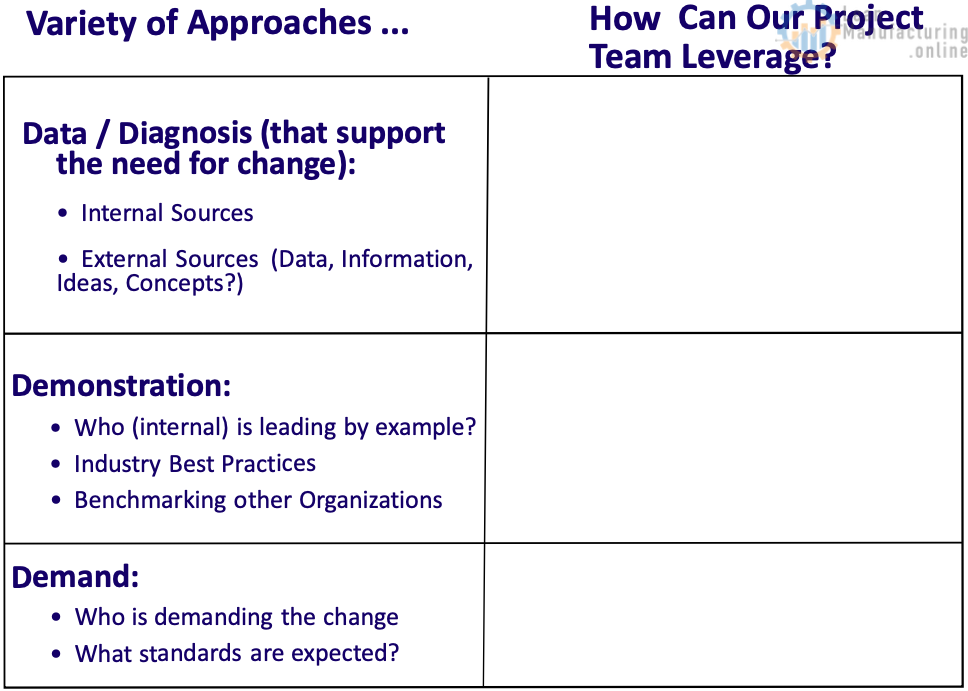
Artificial Intelligence
Continuous Improvement
Lean
Lean Manufacturing
Lean Six Sigma
Productivity
Safety
TPM
World Class Manufacturing

November 19, 2025
0 659
Gemba Walk GPT: The Smartest Way to Turn Observations Into Real Improvement
November 16, 2025
0 1,344
How to Create a Step-by-Step Reveal Animation in PowerPoint
Book reviews
Continuous Improvement
Leadership and Continuous Improvement
Lean Manufacturing
Lean Six Sigma
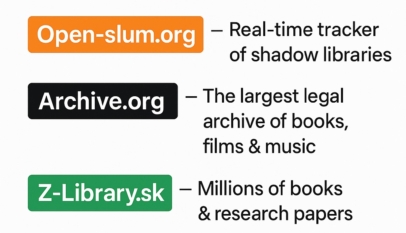
October 4, 2025
0 2,810
Explore the Best Free Online Libraries in 2025
October 3, 2025
0 2,746
TPM Master Plan: The Roadmap to World-Class Manufacturing
October 3, 2025
0 1,053
Exploring Statistical Software: Features, Costs, and Flexibility
January 24, 2025
0 5,117
Root Cause Analysis Stacking: A Game-Changer for Problem Solving
January 18, 2025
0 4,497
Lean Six Sigma Study Plan
January 18, 2025
0 6,456
A Complete Guide to Lean Six Sigma DMAIC
May 3, 2023
0 6,825
The Kano Analysis
April 13, 2023
0 3,164
Analyze Phase of DMAIC in Lean Six Sigma
April 7, 2023
1 19,495
Lean Six Sigma Process Improvement Cycle – DMAIC
Most Popular
4M Analysis Process
The purpose of this procedure is to define the steps to do a 4M …


